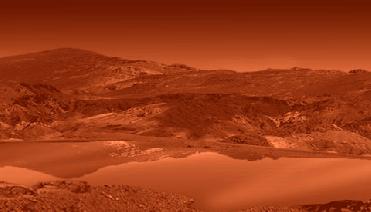
This artist concept shows a mirror-smooth lake on the surface of the smoggy moon Titan. Image credit: NASA
PASADENA (BNS): The unusual asymmetry of lakes found in the northern and southern polar regions of Saturn�s moon Titan could be attributed to the distant planet�s �eccentric orbital position� around the sun, according to researchers.
Images taken by NASA�s Cassini spacecraft show that liquid methane and ethane lakes in Titan's northern high latitudes cover 20 times more area than lakes in its southern high latitudes. They also reveal that there are significantly more partially filled and now-empty lakes in the north.
According to a team of researchers, Saturn's oblong orbit around the sun exposes different parts of Titan to different amounts of sunlight, which affect cycles of precipitation and evaporation in those areas.
Scientists initially considered the idea that �there is something inherently different about the northern polar region versus the south in terms of topography, such that liquid rains, drains or infiltrates the ground more in one hemisphere,� said Oded Aharonson of Caltech, lead author of the paper published in the online edition of Nature Geoscience.
However, Aharonson notes that there are no substantial known differences between the north and south regions to support this possibility. Alternatively, the mechanism responsible for this regional dichotomy may be seasonal.
One year on Titan lasts 29.5 Earth years. Seasons on the moon change in every 15 Earth years, so that it becomes summer in one hemisphere and winter in the other. According to this seasonal variation hypothesis, methane rainfall and evaporation vary in different seasons � recently filling lakes in the north while drying lakes in the south.
The problem with this idea, however, is that it accounts for decreases of about one meter per year in the depths of lakes in the summer hemisphere. But Titan's lakes are a few hundred meters deep on average, and wouldn't drain or fill in just 15 years. In addition, seasonal variation can't account for the disparity between the hemispheres in the number of empty lakes.
�The seasonal mechanism may be responsible for part of the global transport of liquid methane, but it's not the whole story,� said Aharonson. A more plausible explanation, according to researchers, is related to the eccentricity of Saturn�s orbit.
Like Earth and other planets, Saturn's orbit is not perfectly circular, but is instead somewhat elliptical and oblique. Because of this, during its southern summer, Titan is about 12 percent closer to the sun than during the northern summer. As a result, northern summers are long and subdued; southern summers are short and intense.
�We propose that, in this orbital configuration, the difference between evaporation and precipitation is not equal in opposite seasons, which means there is a net transport of methane from south to north,� explained Aharonson.
This imbalance would lead to an accumulation of methane. Hence, the formation of many more lakes in the northern hemisphere.
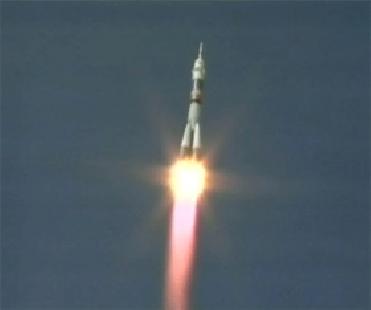 Previous Article
Previous Article Next Article
Next Article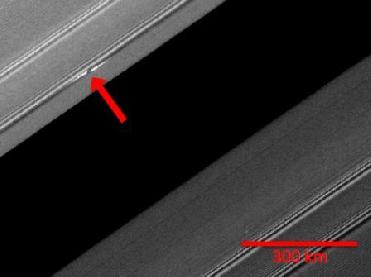
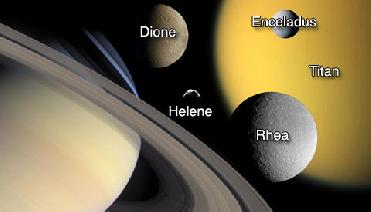
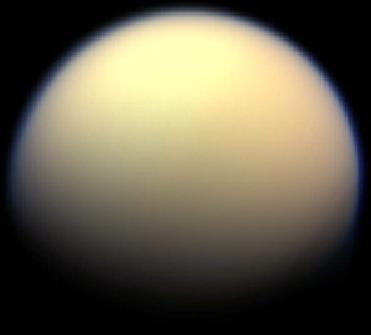











The Indian Air Force, in its flight trials evaluation report submitted before the Defence Ministry l..
view articleAn insight into the Medium Multi-Role Combat Aircraft competition...
view articleSky enthusiasts can now spot the International Space Station (ISS) commanded by Indian-American astr..
view article